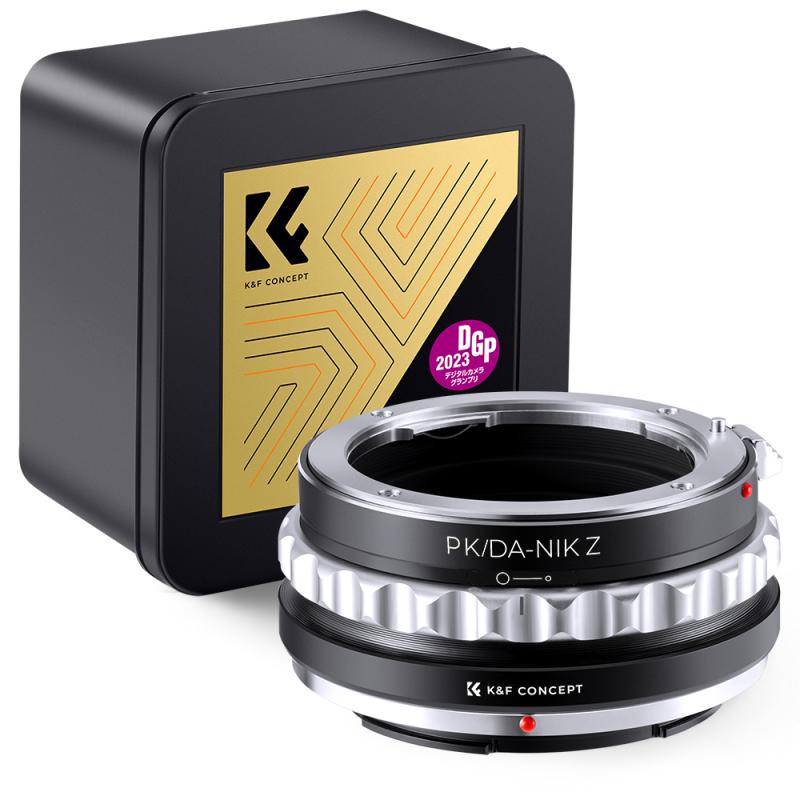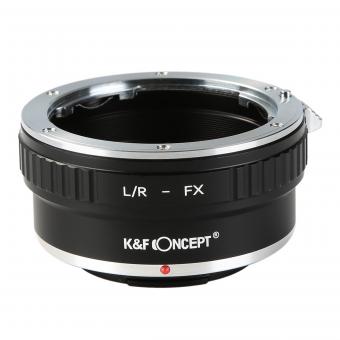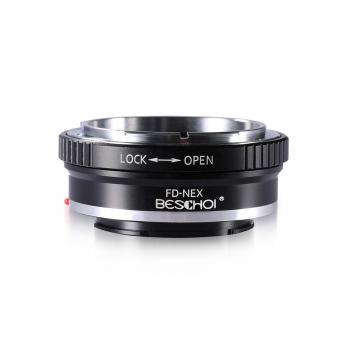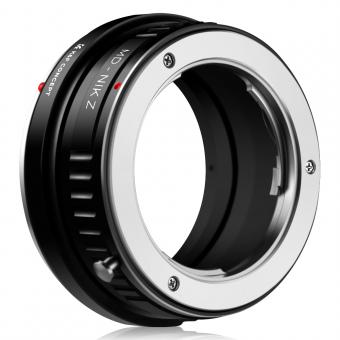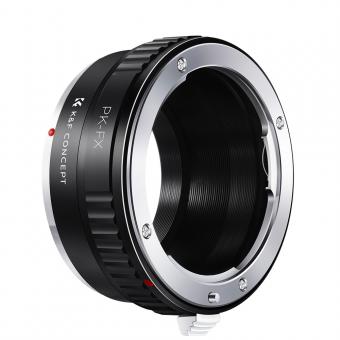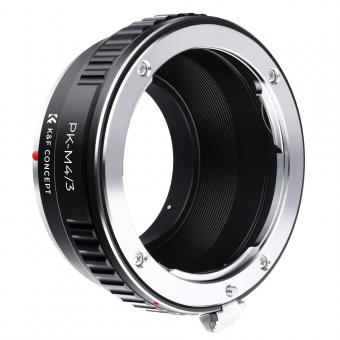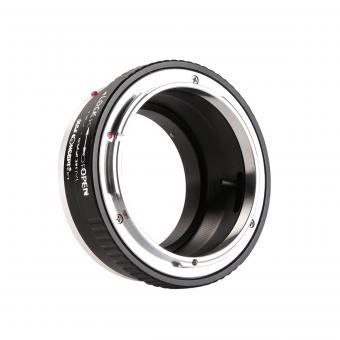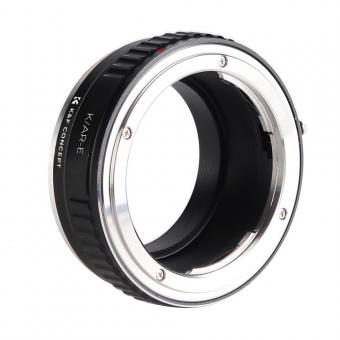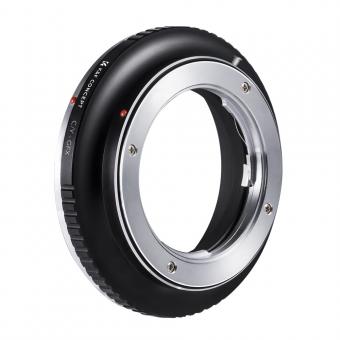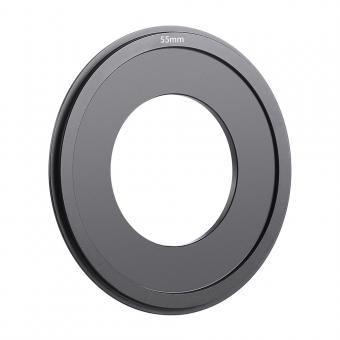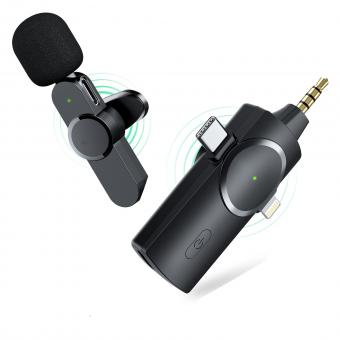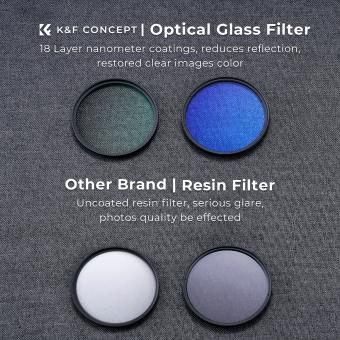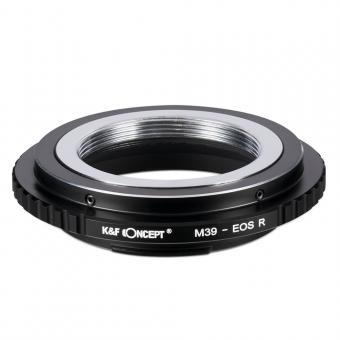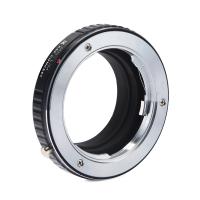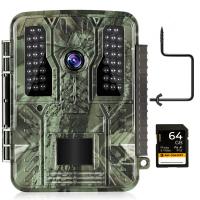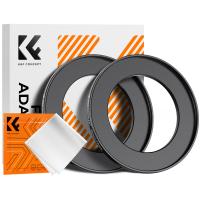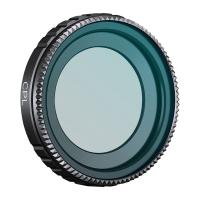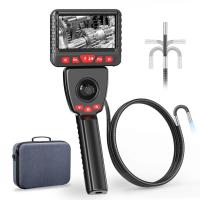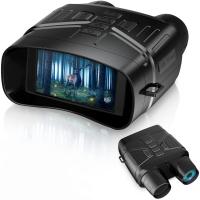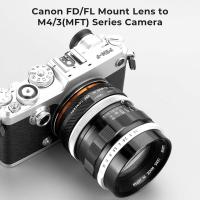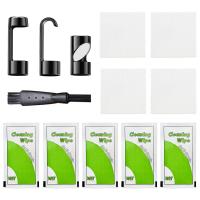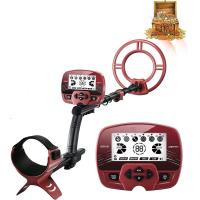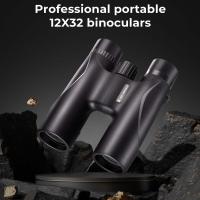How To Reverse Mount A Lens ?
Reverse mounting a lens involves attaching a lens to the camera body in a way that is opposite to its normal orientation. This technique is often used in macro photography to achieve greater magnification. To reverse mount a lens, you will need a reverse mounting ring that matches the filter thread size of your lens.
First, remove the lens from the camera body and attach the reverse mounting ring to the front of the lens. Then, attach the lens to the camera body in the opposite direction, with the front of the lens facing the camera sensor. You may need to adjust the aperture manually, as the camera will not be able to communicate with the lens in this position.
It is important to note that reverse mounting a lens can affect the quality of the image, as it may introduce additional distortion or aberrations. Additionally, this technique may not be suitable for all lenses, as some may not be able to focus properly when reversed.
1、 Lens Mounting Basics
How to reverse mount a lens is a technique that involves attaching a lens to the camera body in a way that is opposite to its normal orientation. This technique is commonly used in macro photography to achieve higher magnification ratios.
To reverse mount a lens, you will need a reverse mounting ring that matches the filter thread size of your lens. The ring will have a male thread on one side and a female thread on the other. Attach the male thread to the lens and the female thread to the camera body.
Once the lens is attached, you will need to set the camera to manual mode and adjust the aperture manually. This is because the camera will not be able to communicate with the lens in this orientation.
It is important to note that when reverse mounting a lens, the depth of field will be very shallow, so it is important to use a tripod and focus carefully. Additionally, the lens will not be able to focus to infinity, so it is best used for close-up photography.
In recent years, there has been a rise in popularity of reverse mounting lenses for creative effects in portrait and landscape photography. By reversing a wide-angle lens, for example, you can achieve a unique and distorted perspective. However, it is important to experiment and practice with this technique to achieve the desired results.
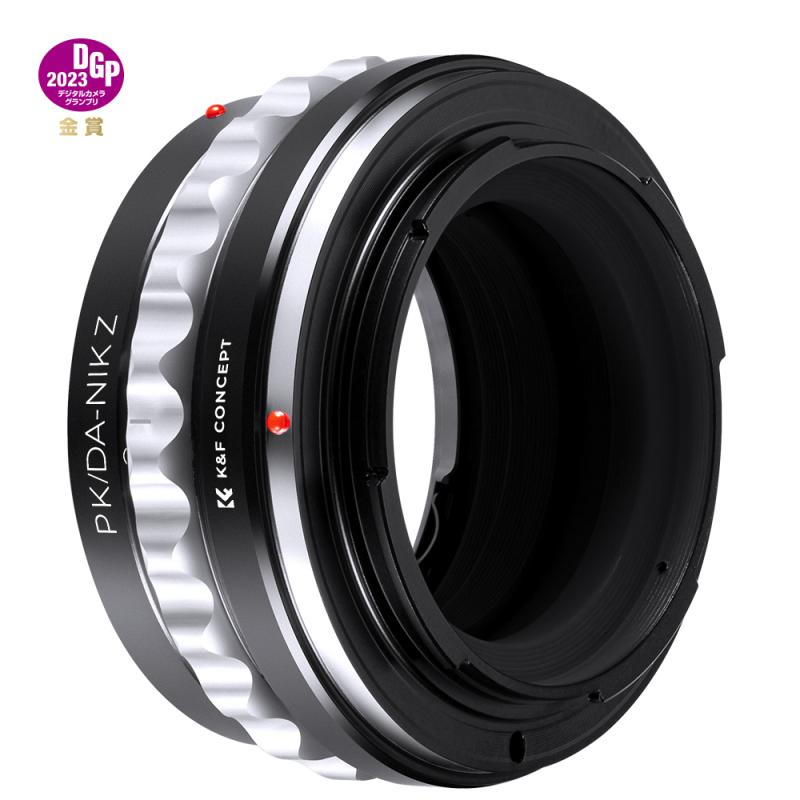
2、 Reverse Lens Mounting Techniques
How to reverse mount a lens is a technique used by photographers to achieve macro photography without the need for expensive macro lenses. This technique involves attaching a lens to the camera body in reverse, with the front element of the lens facing the camera sensor. This allows the lens to focus much closer than it would normally be able to, resulting in a higher magnification ratio.
To reverse mount a lens, you will need a reverse lens adapter ring that matches the filter thread size of your lens. Simply screw the adapter ring onto the front of your lens, then attach the lens to your camera body in reverse. You may need to use manual focus and adjust the aperture manually as well.
Reverse lens mounting techniques have become increasingly popular in recent years, as more photographers are looking for affordable ways to experiment with macro photography. While this technique can produce stunning results, it does require some practice and patience to master. It is important to note that reverse lens mounting can also expose the rear element of your lens to dust and debris, so it is important to take precautions to protect your equipment.
Overall, reverse lens mounting is a great way to experiment with macro photography without breaking the bank. With a little practice and experimentation, you can achieve stunning results and take your photography to the next level.
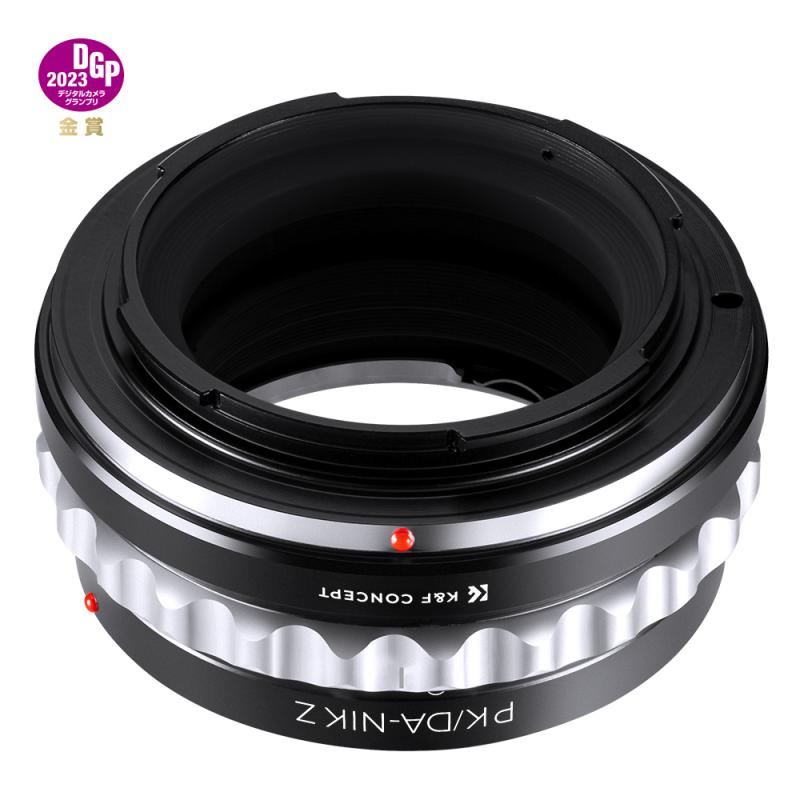
3、 Equipment Needed for Reverse Lens Mounting
How to Reverse Mount a Lens:
Reverse lens mounting is a technique used by photographers to achieve macro photography without the need for expensive macro lenses. Here are the steps to reverse mount a lens:
1. Remove the lens from the camera body.
2. Turn the lens around so that the front element is facing the camera body.
3. Hold the lens in place with a reverse lens adapter.
4. Attach the adapter to the camera body.
5. Adjust the aperture and focus manually.
Equipment Needed for Reverse Lens Mounting:
To reverse mount a lens, you will need a few pieces of equipment:
1. Reverse lens adapter: This is a special adapter that allows you to attach the lens to the camera body in reverse.
2. Camera body: Any camera body with a removable lens will work.
3. Lens: Any lens with a filter thread can be used for reverse lens mounting.
4. Step-up or step-down rings: These are used to match the filter thread size of the lens to the reverse lens adapter.
It is important to note that reverse lens mounting can result in a loss of image quality due to the lack of communication between the lens and the camera body. However, with the right technique and equipment, it is possible to achieve stunning macro shots using this method. Additionally, some photographers prefer to use a dedicated macro lens for better image quality and control.
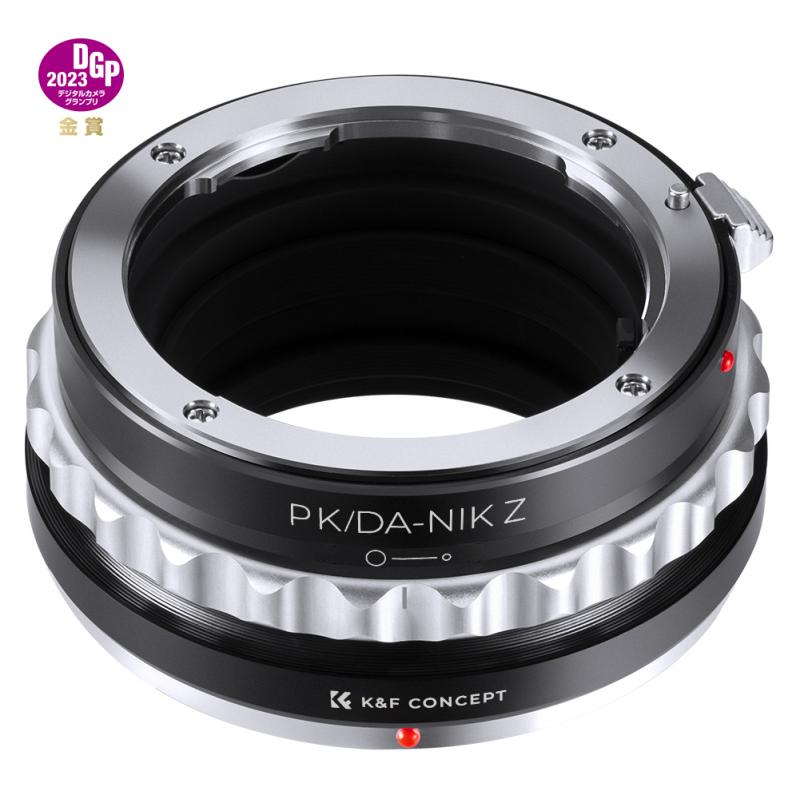
4、 Step-by-Step Guide to Reverse Lens Mounting
Step-by-Step Guide to Reverse Lens Mounting
Reverse lens mounting is a technique used by photographers to achieve macro photography without the need for expensive macro lenses. It involves mounting a lens backward onto the camera body, which allows for a closer focusing distance and greater magnification. Here is a step-by-step guide on how to reverse mount a lens:
1. Remove the lens from the camera body and turn it around so that the front element is facing the camera body.
2. Hold the lens in place with your hand or use a reverse lens mount adapter to secure it to the camera body.
3. Set the camera to manual mode and adjust the aperture to the desired setting. Since the lens is mounted backward, the camera will not be able to communicate with the lens, so you will need to manually adjust the aperture.
4. Focus manually by moving the camera closer or further away from the subject. You can also use a focus rail to make small adjustments.
5. Take the shot and review the image. Adjust the focus and aperture as needed to achieve the desired result.
It is important to note that reverse lens mounting can result in a loss of image quality, particularly in terms of sharpness and contrast. However, it is a cost-effective way to experiment with macro photography and can produce some stunning results.
In recent years, there has been a rise in the popularity of reverse lens mounting among photographers. With the availability of affordable reverse lens mount adapters and the increasing interest in macro photography, more and more photographers are trying out this technique. Some photographers even use multiple lenses stacked together to achieve even greater magnification.
